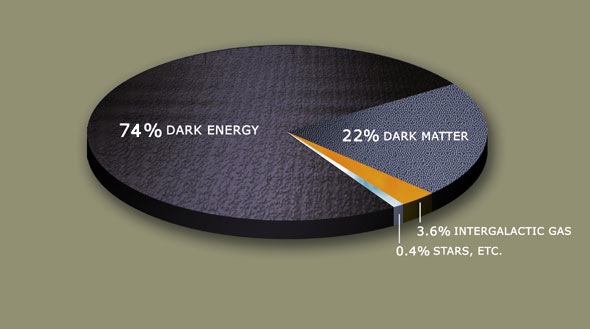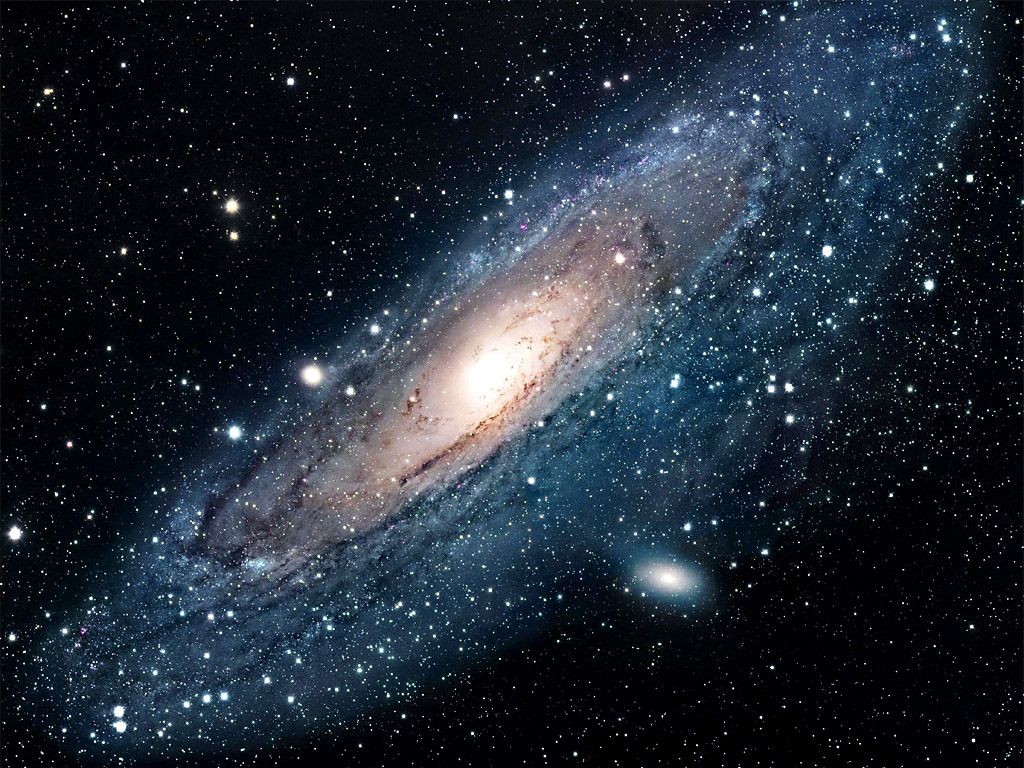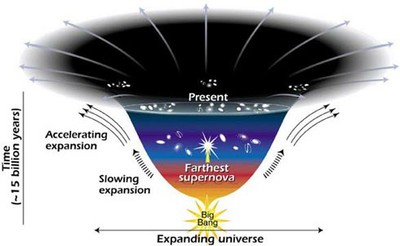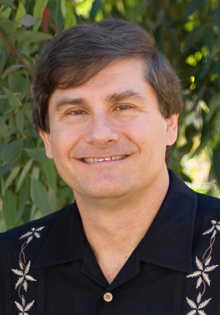Dr.
Alex |
Dark Energy and the Runaway Universe Observations of very distant exploding stars show that the expansion of the Universe is now speeding up, rather than slowing down due to gravity as expected. Over the largest distances, our Universe seems to be dominated by a mysterious, repulsive "dark energy" that stretches the very fabric of space itself faster and faster with time. |
A Brief History of History For the Mechanical Philosophy, the foundational framework of Modern Science – from Galileo, Kepler, Newton – the laws governing the universe were considered to be universal in time and space. For instance, this came up in Geology in the debate between Uniformitarians and Catastrophists. The Uniformitarians argued that all geological formations could be understood as the result of uniform processes – volcanoes created uplifts while wind and water worn them down. If you add up the result of all these processes you get zero – flat nothing. The asteriod 65 million years ago that supposedly killed the dinosaurs reopened thinking on teh question. Again, if you add up the result of all these processes you get zero (See John Barrow's Book of Nothing) – flat nothing. In particular, to say that the processes remain constant means that in this sense the universe doesn't have a history. –– Experimentally this means that when I do experiments at one or another point in time I can expect to get the same results (because all the processes and relations remain the same). Likewise I should see the same processes and relationship in all locations. EXAMPLE: Galileo's experiment in 1657 dropping the balls from the Leaning Tower of Pisa can be repeated here in Oregon in 2010 – same experiment – should give us the same results. The Big Bang is a unique, Catastrophic, historical event. Einstein had put forth his General Relativity in 1917 but 'corrected' it – by adding a Cosmological Constant – to make it predict what everyone believed – namely that the universe was static and uniform in time. After Hubble published his results in 1927-1929 Einstein remarked that the addition of the Comological Constant was 'his greatest blunder' – because in some sense General Relativity expected an historical universe; expanding or contracting (at least) but perhaps also changing in other ways (qualitatively?) uniquely over time. As late as 1948, Fred Hoyle, Herman Bondi and Thomas Gold were trying to rescue the uniformitarian, scientific view of the universe – proposing an updated Steady State Model. Reasoning from the Copernican Principle they affirmed the Perfect Cosmological Principle: that if the universe can be understood within the Mechanical Philosophy – on the basis of the Scientific Hypothesis – the universe must be uniform/homogeneous in time. They commented: “However, this strongly conflicts with the evidence for cosmological evolution: that the Universe has progressed from extremely different conditions at the Big Bang, and will continue to progress toward extremely different conditions." Dark Energy enters this story as the most recent developing chapter. The observations of a changing rate of expansion of the universe, possibly accelerating, once again points to an historical universe. If the uiverse is at least to some extent uniquely historial then it wil not be explainable in terms of uniform – time-space invariant, mechanical, scientific processes/laws. The Scientific Hypothesis – the attempt to provide a complete and consistent explanation and understanding of all the phenomena of the unverse – must be inherently incomplete. Brian Greene, in February, will be addressing essentially the same issue.
|
Learning Objectives Once you complete a reasonable exploration of the clues and questions raised in this Study Guide and attended the presentation by Alex Filippenko on TUESDAY November 2nd you will be prepared: 1. To distingush between the Mechanical Universe and the Historical Universe 2. To follow the developing story of the observations and proposed explanations of Dark Energy. 3. To appreciate the importance of the history of science in understand the current issues and research. |
Glossary Cosmological Constant: proposed by Albert Einstein as a modification of his original theory of general relativity to achieve a stationary universe. Einstein abandoned the concept after the observation of the Hubble redshift indicated that the universe might not be stationary, as he had based his theory on the idea that the universe is unchanging. However, the discovery of cosmic acceleration in the 1990s has renewed interest in a cosmological constant. Dark energy: a hypothetical form of repulsive energy proposed to explain recent observations that the universe seems to be expanding at an accelerating rate. Expansion of the Universe: The observations of Edwin Hubble in 1929 suggested that distant galaxies were all apparently moving away from us suggesting that the universe was expanding. The Copernican Principle starts with the shift from the Earth as center to the Sun as center, then perhaps to our Milky Way Galaxy being at the center – and is finally exprapolated to the relativistic notion that there is no center – or that all points in space-time are, or appear to be, at 'the center'. The (Perfect) Cosmological Principle: the Universe is homogeneous and isotropic in space and time – meaning that the laws governing the Universe are the same everywhere and always – a simple entailment of the scientific maxim of 'experimental repeatability'. This principle is the underpinning of Steady State Cosmology.
|
|



